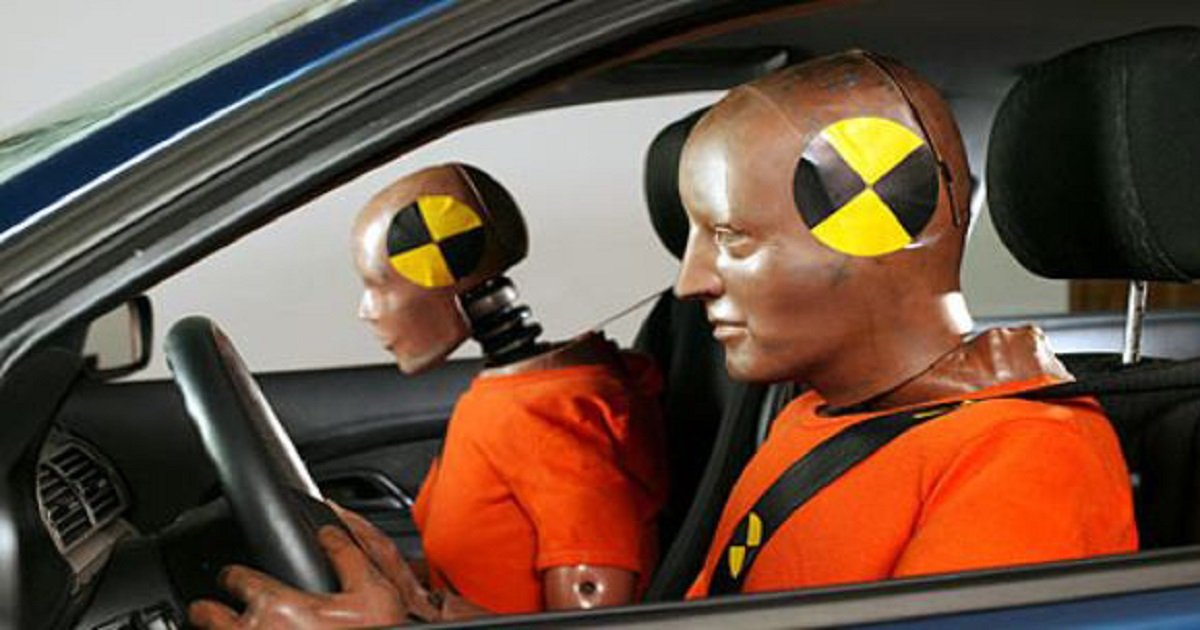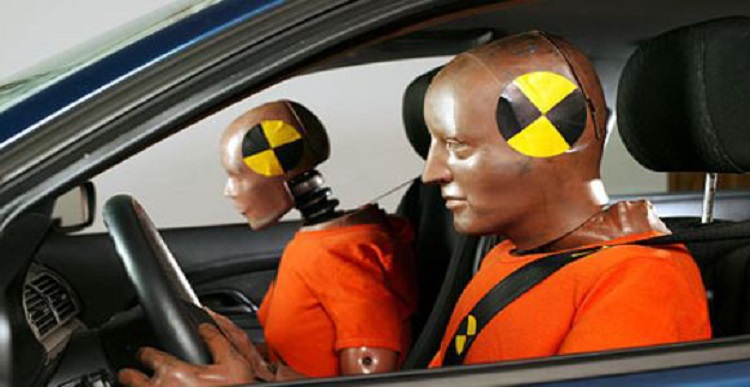Watch to find out more about why this is the case.
[rumble video_id=v5cgu3 domain_id=u4 iframe]
With technology growing by leaps and bounds, such as the introduction of AI and the slowly maturing concept of self-driving cars, it’s normal to expect that car safety should have improved by that much as well. And in general, that’s true. Unless one happens to be a woman, that is.
According to a new study from the University of Virginia, women who figure in car crashes have a shockingly high 73% chance of dying or of suffering a serious injury. This is after factors such as the passenger’s body, whether or not the passenger was wearing a seat belt, and the car model was accounted for.
The high casualty rate is surprising unless one considers a very simple assumption that is likely causing these high numbers.
American car companies are using one type of female test dummy, one that’s five feet tall and weighs 110 pounds. According to them, she represents the average American woman. Except that she doesn’t.
The National Center for Health Statistics says that the average American woman actually weighs in at 170.5 pounds and is around four inches taller compared to the test dummy.
CityLab’s Sarah Holder, who first reported on the study, suggested that the non-representative test dummy was likely the reason why women face such high risks of death or maiming in a car crash.
Male test dummies used to be the only kind of test dummy that was utilized but they were more representative of the male population. The 110-pound female test dummy was introduced in 2003.
Dr. David Lawrence, director of the Center for Injury Prevention Policy & Practice at San Diego State University, once told ABC News in 2012, “Manufacturers and designers used to all be men. It didn’t occur to them they should be designing for people unlike themselves. Well, we got over that.”
Jason Forman, a principal scientist at UVA’s Center for Applied Biomechanics and one of the study’s authors, told CityLab that distinct male and female test dummies are needed because of the “ways that men and women are different bio-mechanically.”
For instance, women’s pelvises are wider and they carry more tissue around the waist and thighs compared to the belly. Hormonal effects on tissues also add more complicated issues to the equation.




